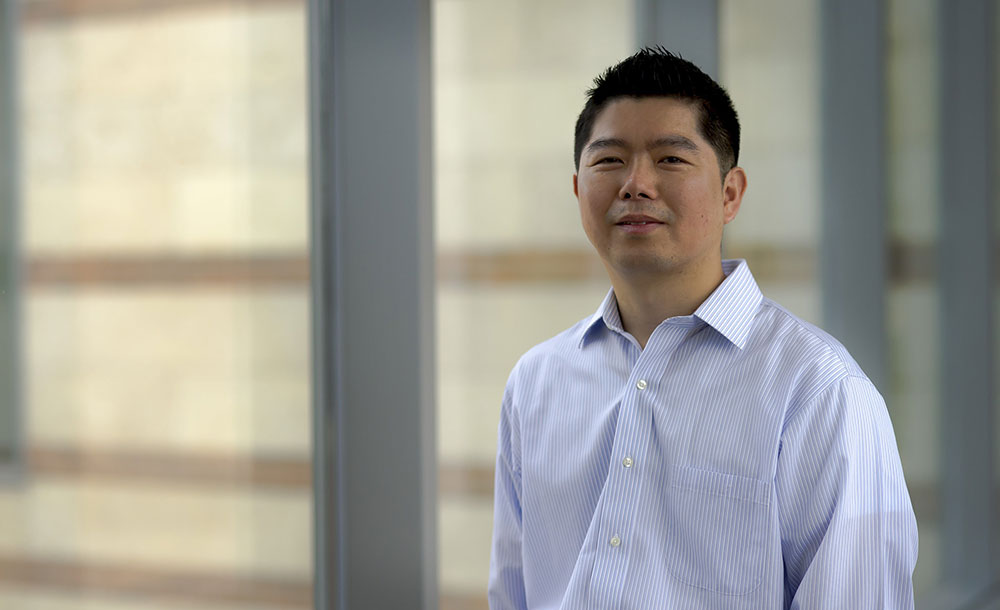2D materials capable of forming complex 3D shapes
8. 2. 2021 | University of Texas at Arlington | www.uta.edu
University of Texas at Arlington researchers have developed a technique that programs 2D materials to transform into complex 3D shapes.
Kyungsuk Yum, an associate professor in the Materials Science and Engineering Department, and his team have developed the 2D material programming technique for 3D shaping. It allows the team to print 2D materials encoded with spatially controlled in-plane growth or contraction that can transform to programmed 3D structures. They were able to form 3D structures shaped like automobiles, stingrays, and human faces. To physically realize the concept of 2D material programming, they used a digital light 4D printing method developed by Yum.
The goal of the work is to create synthetic materials that can mimic how living organisms expand and contract soft tissues and thus achieve complex 3D movements and functions. Programming thin sheets, or 2D materials, to morph into 3D shapes can enable new technologies for soft robotics, deployable systems, and biomimetic manufacturing, which produces synthetic products that mimic biological processes.
Read more at University of Texas at Arlington
Image Credit: University of Texas at Arlington
-jk-




